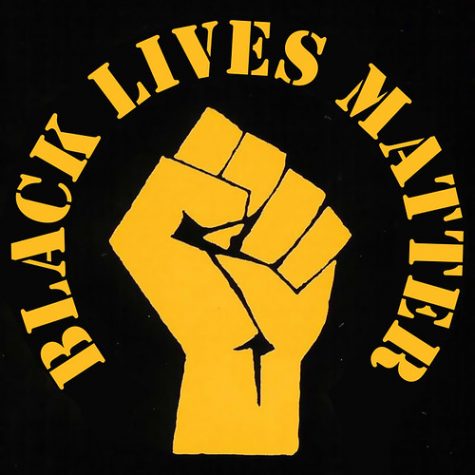Exhaustion sets in as election comes to a close
“I’m tired of Bronco Bama and Mitt Romney,” said 4-year-old Abigael Evans while listening to NPR presidential commentary.
The now-viral YouTube video, aptly titled “I’m Tired of Bronco Bama and Mitt Romney,” already has more than 1 million hits, proving that many Americans share Evans’ sentiments about the presidential candidates.
In the video, Evans is in tears after NPR commentary on Presidential incumbent Barack Obama and Republican nominee Mitt Romney. She is visibly exhausted by the excessive presidential election coverage on numerous news outlets. Taking responsibility for Evans’ outburst, NPR actually issued her a public apology.
After months of debates, advertisements and discussions leading up to last night’s election, who can blame her? Modern presidential elections have become spectacles, with more modes for disseminating information than ever before.
But what makes this year’s presidential election so tiring could be the enormous amount of negativity involved in both candidates’ campaigns.
Between Aug. 27 and Oct. 21, 19 percent of stories on Obama were favorable, 51 percent were mixed and 30 percent were unfavorable. In Romney’s case, 15 percent were favorable, 47 were mixed and 38 were unfavorable, according to the Pew Research Center for the People and Press.
A recent study done by the Pew Center for Excellence in Journalism discovered that the enormous amount of negative media coverage on the election is actually far less common than negative commentary on social media sites like Twitter and Facebook.
Social media has played an exceptionally significant role in this election cycle–presumably more than ever before. The online opinion of the presidential candidates translates to the perceived public opinion, which ultimately affects the media coverage of the presidential race.
Essentially, the more scathing the tweets or status updates, the more likely media outlets will focus on the negative aspects of a campaign.
Also adding to the negative atmosphere in the presidential race is the overexposure to presidential advertisements. The number of presidential election advertisements has passed 1 million, according to the Wesleyan Media Project.
Both candidates, as well as their respective parties and interest groups, financed 1,015,615 presidential advertisements between June 1 and Oct. 29, airing on local broadcast and national cable stations. This is an increase of over 39 percent since the 2008 election and a 41 percent increase since the 2004 election, according to the Wesleyan Media Project.
A number of these ads were either met with negative feedback or related to negative issues, seemingly turning this election cycle into one long smear campaign. Moreover, the excessive amount of money spent on these advertisements is insufferable.
Regardless of how exhausting this election cycle has become, it is over now, so hopefully politicians can invest their time in the more pressing concerns of the nation.







![According to a 1993 archive from Congressional Quarterly Almanac, “[Judge] Ginsburg was known as a restrained and fair-minded judge who did her homework and then some.” She was “considered moderate to conservative on criminal issues and business law,” relatively progressive “on issues such as free speech, religious freedom and separation of church and states,” and more liberal on “civil rights and access to the courts.”](https://www.hilltopviewsonline.com/wp-content/uploads/2020/10/VP-4RBG_CC-by-WFULawSchool-475x317.jpg)
